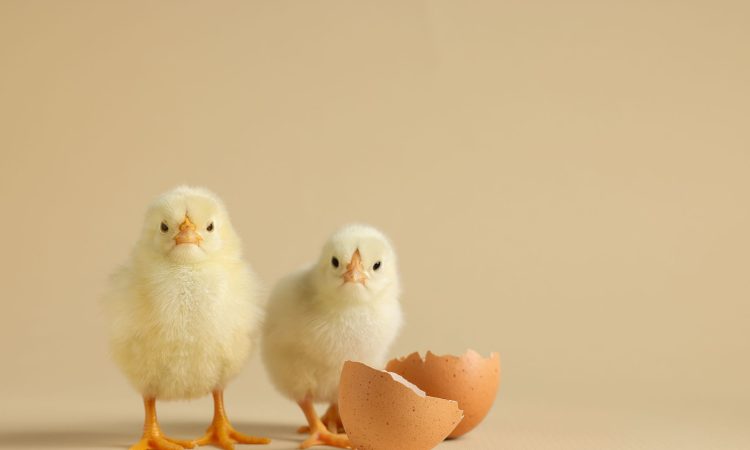
Are animal and human brains naturally programmed to recognize faces? Is there an innate biological mechanism that explains this ability? How does the brain recognize faces?
These questions fuel a debate between two camps: those who believe that face recognition is a skill acquired through experience and exposure to faces, and those who believe that this ability is innately predisposed in the brain.
What is the way? A recent study by a team of researchers from the Center for Mind and Brain Sciences (CIMEC) of the University of Trento (Italy) made a significant contribution to this debate. The team identified, in one-week-old chicks that had not previously been exposed to faces, a population of neurons that responded to a face-like stimulus consisting of three dots imitating two eyes and a beak (or mouth ).
How the brain recognizes faces, revealed by chickens
Animals do not respond to isolated facial features or to dots arranged in a disorderly manner that do not resemble the characteristics of a face. The results suggest that face recognition is therefore an innate ability.
in the magazine Proceedings of the National Academy of Sciences.
Numerous behavioral studies suggest that face selectivity may be an innate ability of the brain. Both newborn and newly hatched humans, which have not seen faces before, show a spontaneous attraction to face-like stimuli consisting of three dark features representing eyes and a mouth (or beak). However, the neural mechanism of this innate predisposition was unknown.
An experiment with points
The experiments carried out by the UniTrento team showed that chickens react to shapes that resemble schematic faces. The answer was identified in a specific area of the brain called the “caudolateral nidopalium”, considered the avian equivalent of the mammalian prefrontal cortex.
The study was carried out in the Laboratory of Animal Cognition and Neuroscience (ACN) at CIMEC, led by Giorgio Vallortigara, who explains: “We carried out a series of control experiments using schematic faces where the features were shuffled, mutated or arranged in all combinations possible. These neurons seem to respond only to faces. This suggests that sensitivity to faces is likely innate in the vertebrate brain.”
Another interesting aspect of the research is the function of this sensitivity, which explains, for example, why we sometimes see faces in clouds or in stains on walls, a phenomenon known as “pareidolia”.
The brain’s ability to recognize faces is innate
“This psychological process is the result of a specific mechanism of the brain,” says Vallortigara.
“Our brains are naturally programmed to respond to this simple configuration of dots arranged in the correct positions. These are stimuli that do not exist in nature. There are no schematic faces in the world, but these Platonic faces are the simplest way for the brain to represent something resembling a face,” the researcher continues.
“Thus, a newborn or chick will be attracted to these stimuli composed of three dark dots arranged in an inverted triangle, and over time will be able to learn the specific features of the mother’s face and distinguish them from those of a stranger. These neurons act as a kind of face detector, a mechanism that facilitates learning about a certain category of socially important stimuli,” he says.
The study suggests that learning would not be possible if it were not supported by innate mechanisms. According to the authors of the study, learning by experience, through trial and error, would take too long and present a high risk of mistakes.

